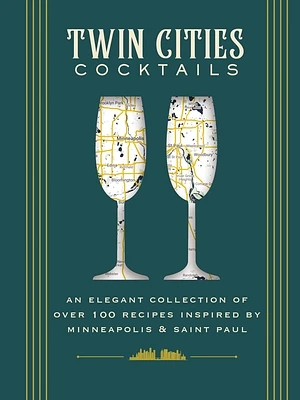Home
City of Parks: The Story of Minneapolis Parks
Loading Inventory...
Barnes and Noble
City of Parks: The Story of Minneapolis Parks
Current price: $39.95


Barnes and Noble
City of Parks: The Story of Minneapolis Parks
Current price: $39.95
Loading Inventory...
Size: OS
*Product Information may vary - to confirm product availability, pricing, and additional information please contact Barnes and Noble
Minneapolis has long been known as the “City of Lakes.” But all the city’s major lakes are, in fact, parks. The Minneapolis Park and Recreation Board also owns significant stretches of the banks of the Mississippi River and tributary streams within the city. Neighborhood parks and playgrounds dot the landscape as in few other cities. Encircling them is an extensive system of parkways, the Grand Rounds. In reality, Minneapolis is not just a city of lakes, but a city of parks.
This vast system of open spaces was acquired by a park board largely independent of the rest of city government. The park board was created by the Minnesota legislature and ratified by Minneapolis voters in April 1883. The vote that created a park board with extraordinary powers culminated years of effort by a handful of park visionariesand marked the beginning of a celebrated municipal park system.
City of Parks
tells the stories of many people who helped create Minneapolis parks and managed the turning points in park history. Among them were Horace Cleveland, the eloquent proponent of preserving land for public use, Charles Loring, known as the “Father of Minneapolis Parks,” and William Folwell, the first president of the University of Minnesota, who was a staunch advocate of park expansion. These extraordinary men were followed by an energetic superintendent of parks, Theodore Wirth, who managed the expansion and reshaping of parks, Clifford Booth, who helped establish an active park recreation program, and Eloise Butler, who created a wild flower garden of world renown.
With foresight and determination the stewards of Minneapolis’s parks have adapted to evolving public demand for parks and for recreation programsnearly always with an eye on the future.
is the story of how the people of a city not only met their own needs, but anticipated those of future generations.
This vast system of open spaces was acquired by a park board largely independent of the rest of city government. The park board was created by the Minnesota legislature and ratified by Minneapolis voters in April 1883. The vote that created a park board with extraordinary powers culminated years of effort by a handful of park visionariesand marked the beginning of a celebrated municipal park system.
City of Parks
tells the stories of many people who helped create Minneapolis parks and managed the turning points in park history. Among them were Horace Cleveland, the eloquent proponent of preserving land for public use, Charles Loring, known as the “Father of Minneapolis Parks,” and William Folwell, the first president of the University of Minnesota, who was a staunch advocate of park expansion. These extraordinary men were followed by an energetic superintendent of parks, Theodore Wirth, who managed the expansion and reshaping of parks, Clifford Booth, who helped establish an active park recreation program, and Eloise Butler, who created a wild flower garden of world renown.
With foresight and determination the stewards of Minneapolis’s parks have adapted to evolving public demand for parks and for recreation programsnearly always with an eye on the future.
is the story of how the people of a city not only met their own needs, but anticipated those of future generations.


















